Sore Gums? 6 Simple Home Remedies to Soothe and Heal
 The most common cause of sore gums is inflammation. This happens when bacteria build up along the gumline and turn into plaque. That plaque triggers inflammation, making your gums feel sore and look unhealthy.
The most common cause of sore gums is inflammation. This happens when bacteria build up along the gumline and turn into plaque. That plaque triggers inflammation, making your gums feel sore and look unhealthy.
There's no secret to relieving your gums: you need to tackle the root of the problem—plaque and the inflammation it causes.
We’ll break down 6 simple and effective home remedies to relieve sore gums fast. Plus, we’ll let you know when it’s time to see a dentist.
In this article:
1. Control Plaque
2. Reduce Inflammation
3. Alcohol-Free Mouthwash
4. Oil Pulling with Coconut Oil and Clove Essential Oil
5. Plant-Based Mouthwash: Marrubium Vulgare (White Horehound)
6. Numbing Gel
When Should You See Your Dentist?
1. Control Plaque
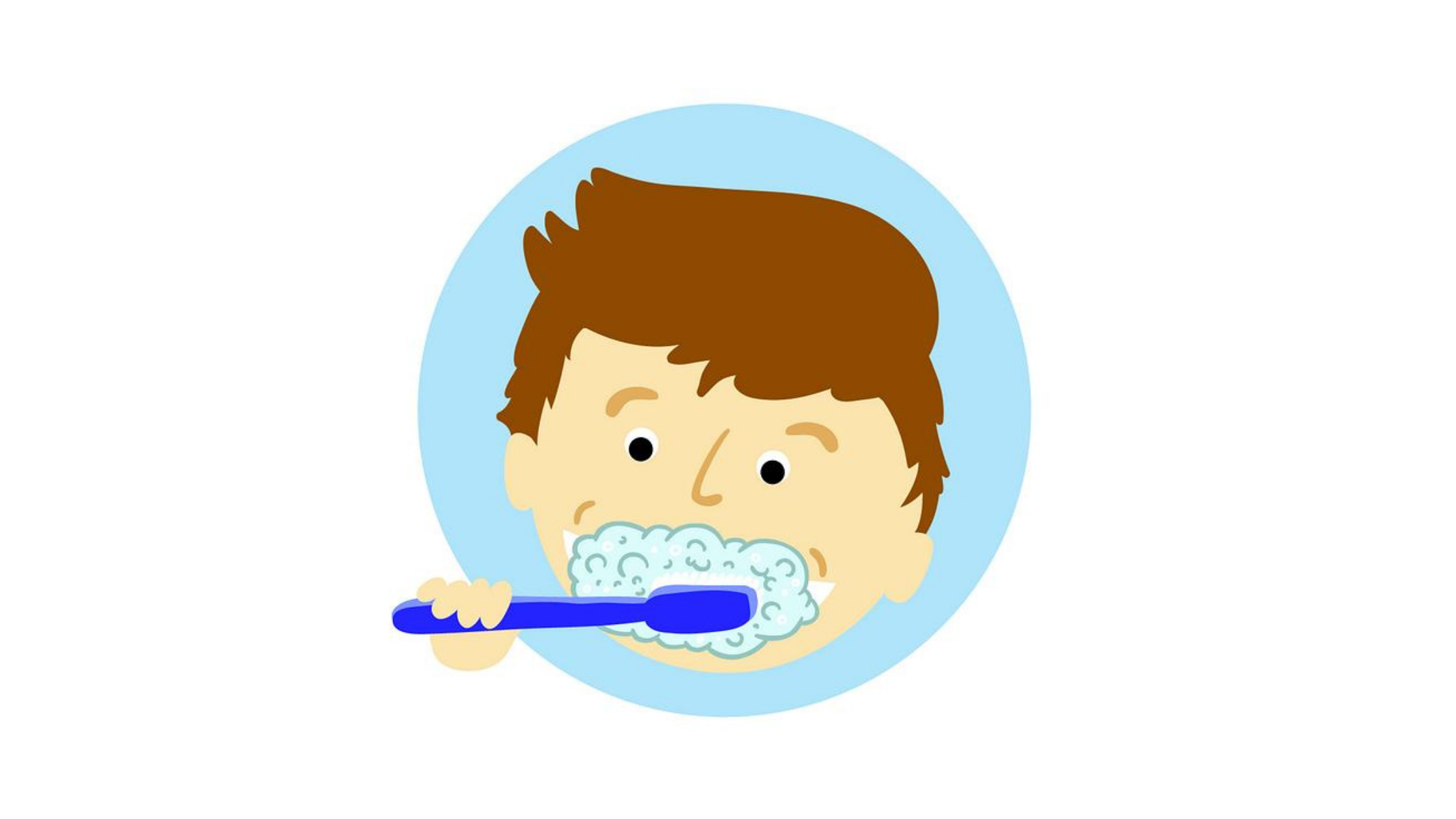
If you want real, lasting relief—not just a quick fix—you need to address the root cause: plaque buildup.
The best (and only) way to keep plaque under control is by practicing good oral hygiene every day.
Brushing and flossing might feel uncomfortable at first, especially if your gums are tender. Start gently with a soft or extra-soft toothbrush.
If flossing is too painful, it’s okay to skip it for a few days until the inflammation goes down. Once your gums start to feel better, go back to using floss or any interdental cleaner you’re most comfortable with (interdental brush or water flosser) to keep the spaces between your teeth clean.
2. Reduce Inflammation
There are a few simple, natural remedies you can try at home to reduce inflammation and ease the pain.One of the easiest options is a saltwater rinse. Just mix a teaspoon of salt into a glass of warm water, stir well, and rinse your mouth thoroughly—then spit it out. You can do this several times a day, as long as you don’t mind the salty taste.
Another remedy is using a tea bag on the sore area. Soak the tea bag in lukewarm water, then gently place it on your gums. Tea contains tannins, which are natural compounds with antioxidant and anti-inflammatory effects.
Finally, applying something cold can also help. Cold helps bring down swelling and numbs the area to reduce pain. Wet a clean compress, chill it in the fridge, and then apply it to your gums for a few minutes.
Try one or more of these remedies and see what works best for you.
3. Alcohol-Free Mouthwash
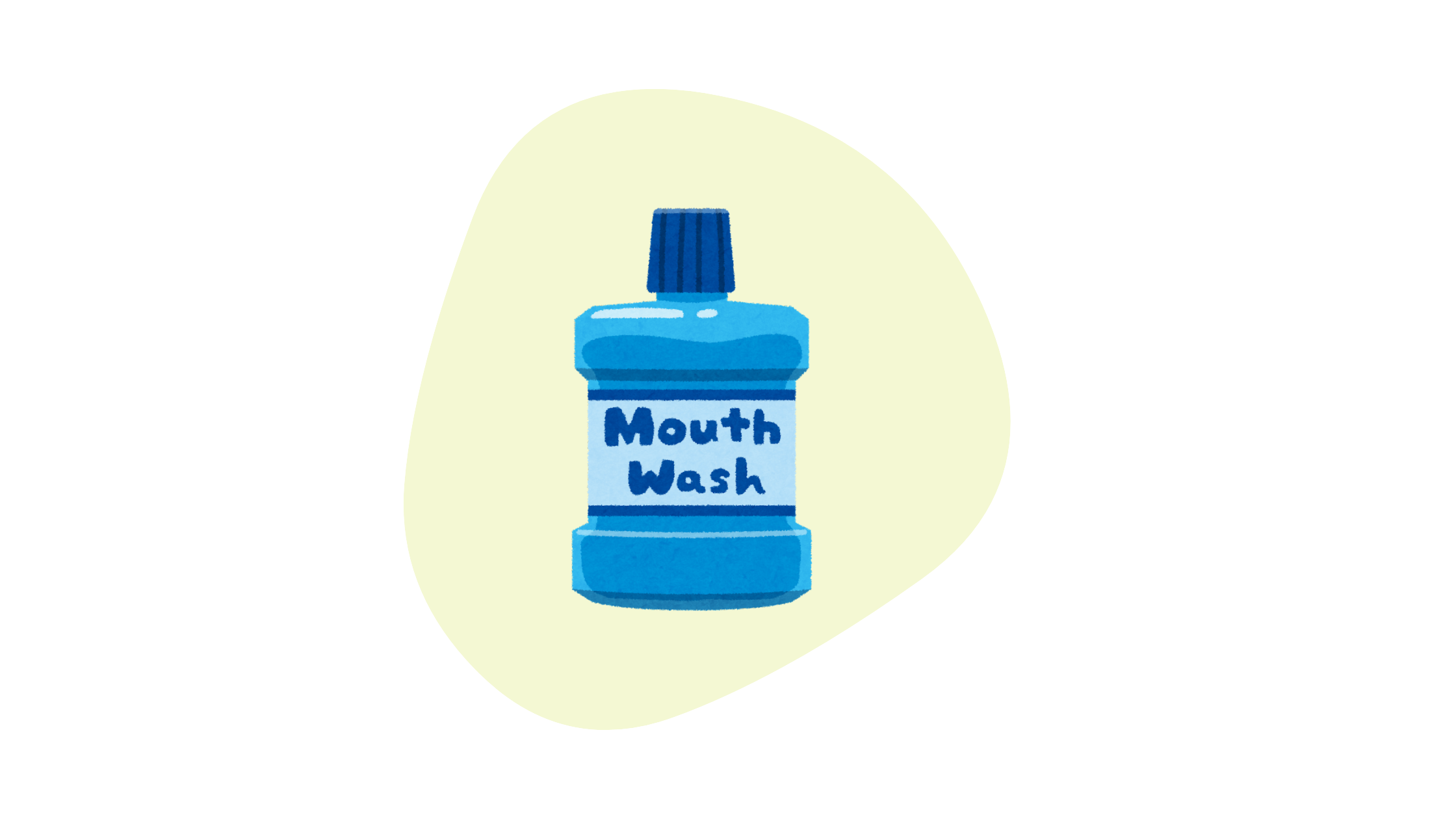
To complement your oral hygiene routine, you can rinse with an over-the-counter (OTC) mouthwash once a day, preferably before bed. Choose any brand you like—just make sure it’s alcohol-free to avoid irritating your gums.
Hydrogen peroxide is especially helpful for reducing harmful bacteria in the mouth. One way to use it is by making a simple homemade paste. Here's how:
- Brush your teeth as usual with your regular toothpaste.
- Mix 3% hydrogen peroxide with baking soda until you get a smooth, creamy consistency.
- Dip your toothbrush into the mixture.
- Brush your teeth a second time with the mixture.
- Focus especially on the gumline, where bacteria tend to accumulate.
- Use this method once a day for up to 15 days, or until your gums start to feel and look better.
Just keep in mind—no mouthwash or product can replace proper brushing and flossing. Mouthwashes should always be used as a complement, not a substitute.
4. Oil Pulling with Coconut Oil and Clove Essential Oil
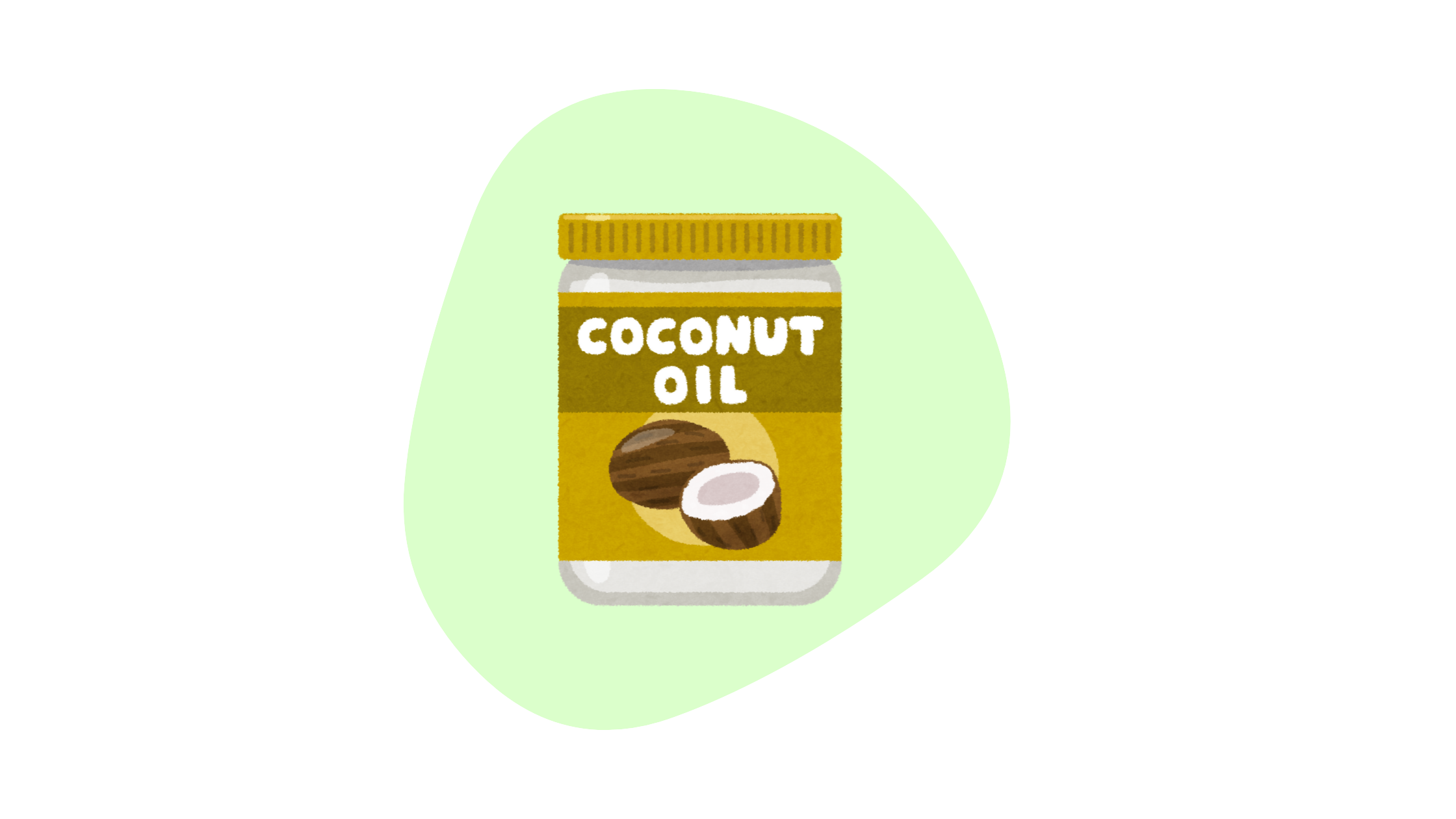
Oil pulling with coconut oil is a natural remedy that’s been shown to reduce gum inflammation and help prevent plaque buildup.
To enhance the soothing and antibacterial effects, you can mix in a few drops of clove essential oil—about three drops in a teaspoon of coconut oil.
Once mixed, swish the oil gently around your mouth and over your gums for 10 to 15 minutes. Spit it out then brush your teeth as usual.
5. Plant-Based Mouthwash: Marrubium Vulgare (White Horehound)
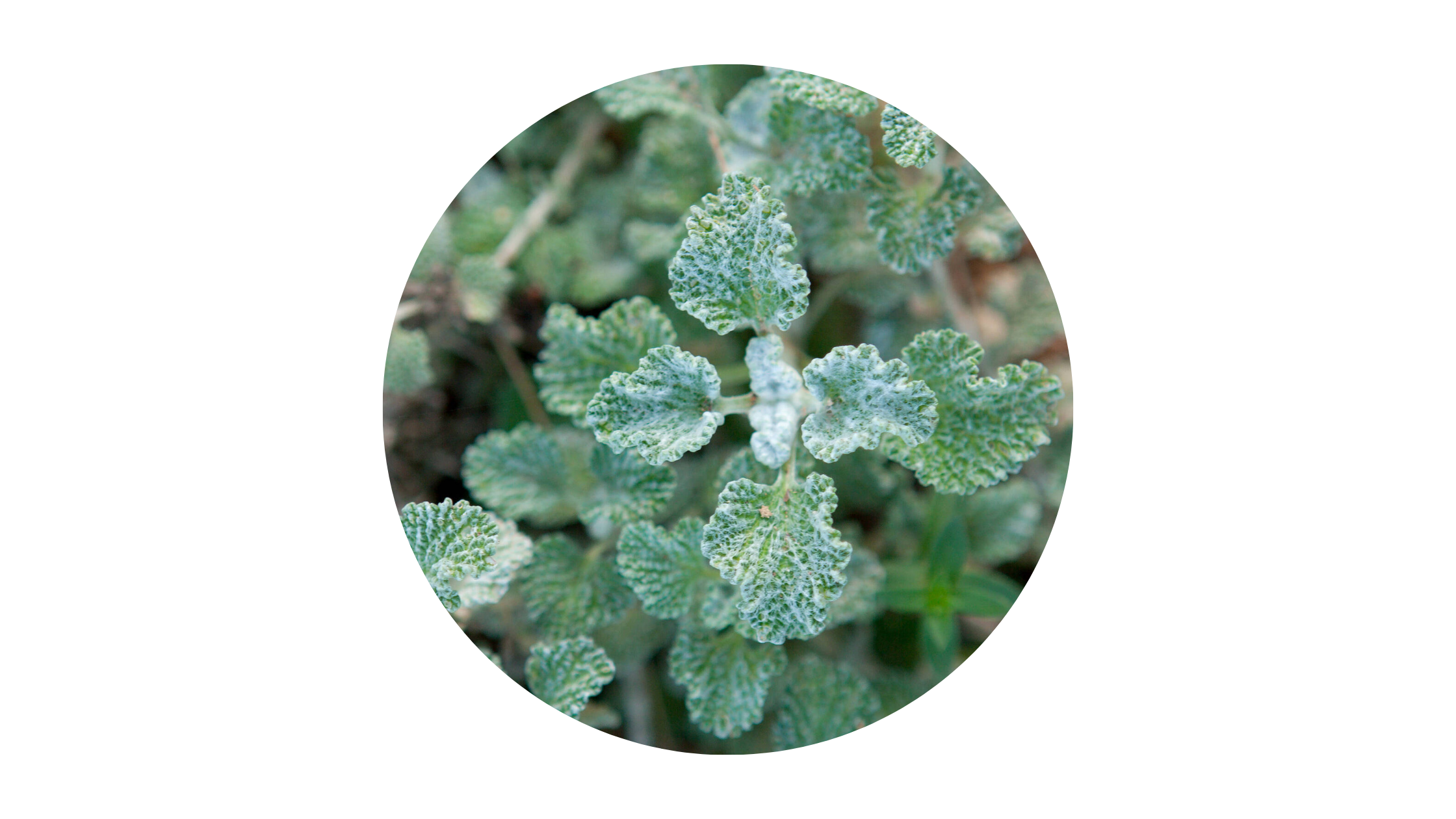
White Horehound is a wild plant with a long history of medicinal use.
While it’s commonly used to treat skin wounds and support the digestive and respiratory systems, it also has the perfect properties for gum health—antimicrobial, anti-inflammatory, antioxidant, and soothing.
You can use it as a mouthwash after your regular toothbrushing routine. Here’s how to do it:
- Take 3 to 4 leaves of the plant (no more, as it has a very bitter taste).
- Place the leaves in a large glass of boiling water and let it steep for 10 minutes.
- Remove the leaves, and if you like, you can add a tablespoon of salt and mix.
- Allow the mixture to cool down before using it to rinse your mouth.
- If the taste is too bitter, simply dilute with a bit more warm water.
6. Numbing Gel
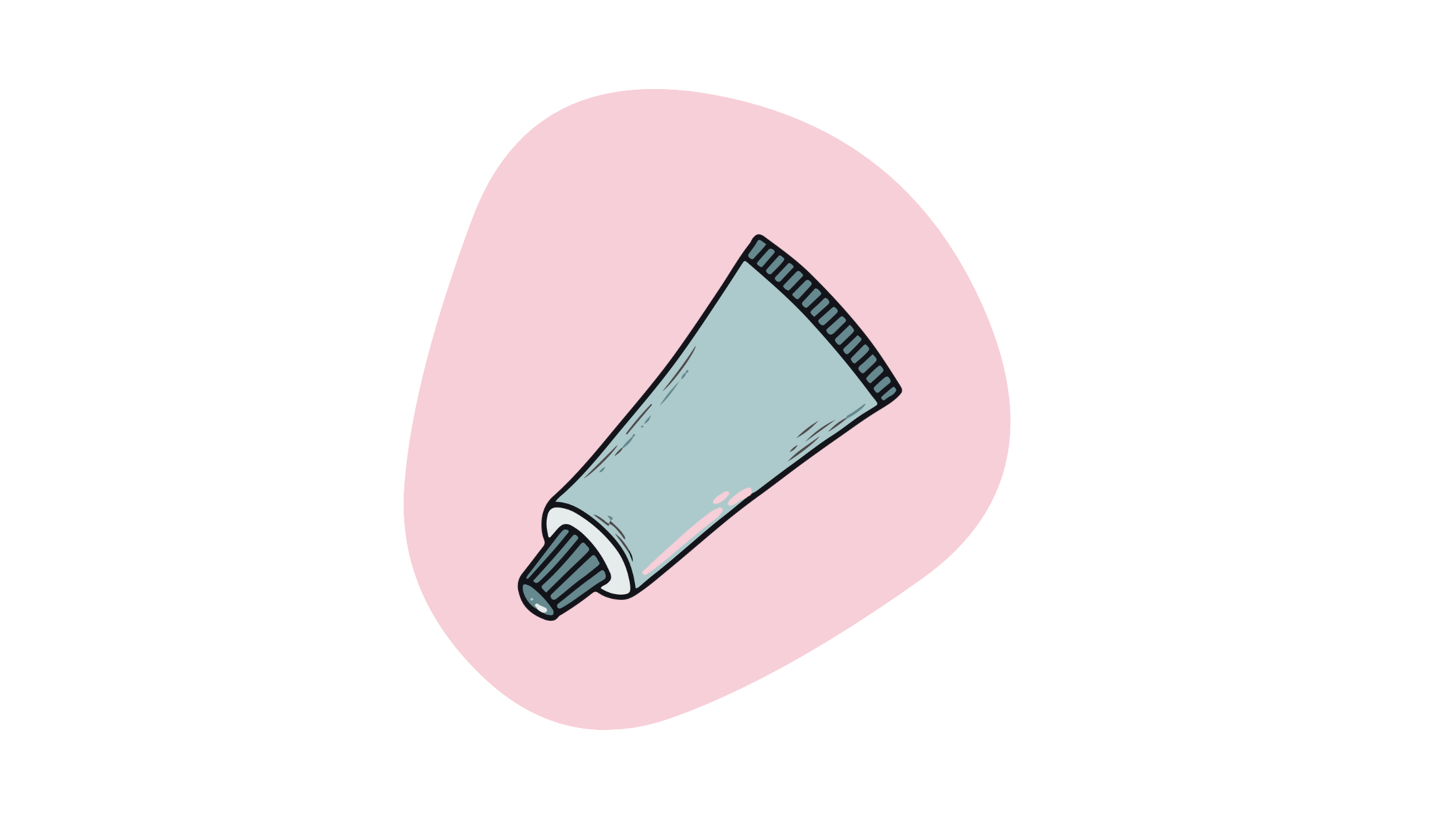
For quick relief, you can apply a numbing gel like Orajel directly to the painful areas up to four times a day. These gels usually contain numbing agents such as benzocaine, which are effective not only for sore gums but also for other issues like tooth sensitivity, canker sores, and mouth ulcers.
While numbing gels provide fast relief, they don’t address the root cause—plaque and inflammation. So it's crucial to use them alongside good oral hygiene practices.
When Should You See Your Dentist?
If the pain continues despite your best efforts at home, it’s time to consult your dentist.In most cases, good oral hygiene and home remedies are enough to reduce inflammation and soothe your gums. However, some severe forms of gum disease may not respond to these methods and could require professional treatment, such as deep cleaning (scaling and root planing).
Additionally, if you experience severe, unbearable pain along with ulcers and white patches on your gums, especially between your teeth, seek dental care immediately. These symptoms could indicate a serious, necrotizing condition known as necrotizing ulcerative gingivitis, which can progress and cause significant damage to your gums. Feel free to contact us if you have any questions or concerns.